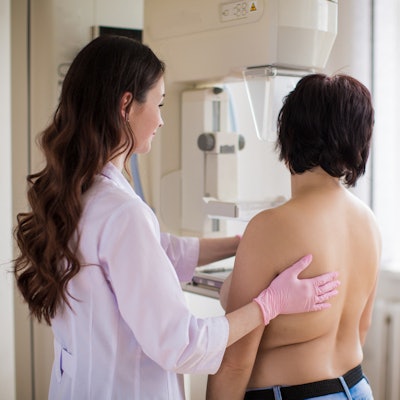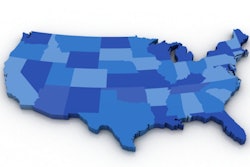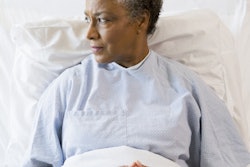
Mammography facilities that serve more "vulnerable" women tend to have longer follow-up times to biopsy after an abnormal mammogram, according to a study published online November 5 in Health Services Research. And taking longer to biopsy suspicious findings could be putting these women at risk.
The findings indicate that more support is needed for facilities that serve populations of vulnerable women, defined as women who encounter healthcare disparities due to factors such as their race or ethnicity, language, or education level, wrote a team led by Dr. Leah Karliner of the University of California, San Francisco.
"We found that facilities serving a high proportion of vulnerable women -- minorities, and those with low educational attainment or LEP -- have long follow-up time to biopsy for abnormal mammogram results suspicious for or highly suggestive of cancer," the researchers wrote. "These facilities report processes of care that demonstrate fewer resources than their short follow-up counterparts."
"[Our] findings point to the system processes that will need to be improved to address disparities in follow-up for vulnerable women," they noted.
Karliner and colleagues investigated the follow-up times of mammography facilities that serve vulnerable women using data from the San Francisco Mammography Registry (SFMR) between 2005 and 2011, the California Cancer Registry between 2005 and 2012, and a 2012 SFMR facility survey. They evaluated time to biopsy for 17,750 abnormal mammogram results (those categorized as BI-RADS 4 or 5), rating facilities as having short or long follow-up based on the proportion of abnormal mammograms that resulted in a biopsy by 30 days. They also assessed the vulnerability of the population that each facility served.
Facilities with short follow-up times completed biopsies by 30 days for 82% of mammograms, compared with 62% for facilities with long follow-up times, the researchers found. All mammography centers that served high numbers of vulnerable women had long follow-up times.
"The long follow-up facilities had fewer radiologists, longer biopsy appointment wait times, and less communication directly with women," Karliner's team wrote. "Having the index abnormal mammogram at a long follow-up facility was associated with higher adjusted odds of advanced-stage cancer."
Based on the results, there should be a focus on improving communication and the delivery of care at these mammography facilities, the researchers concluded.
"Most previous examinations of the disparity in follow-up care after an abnormal mammogram have emphasized the individual woman, her attitudes, intentions, and behaviors," they wrote. "However, the association we have found that vulnerable women are more likely to receive care from mammography facilities with long follow-up belies the belief that the burden of timely follow-up lies with the woman alone."




















